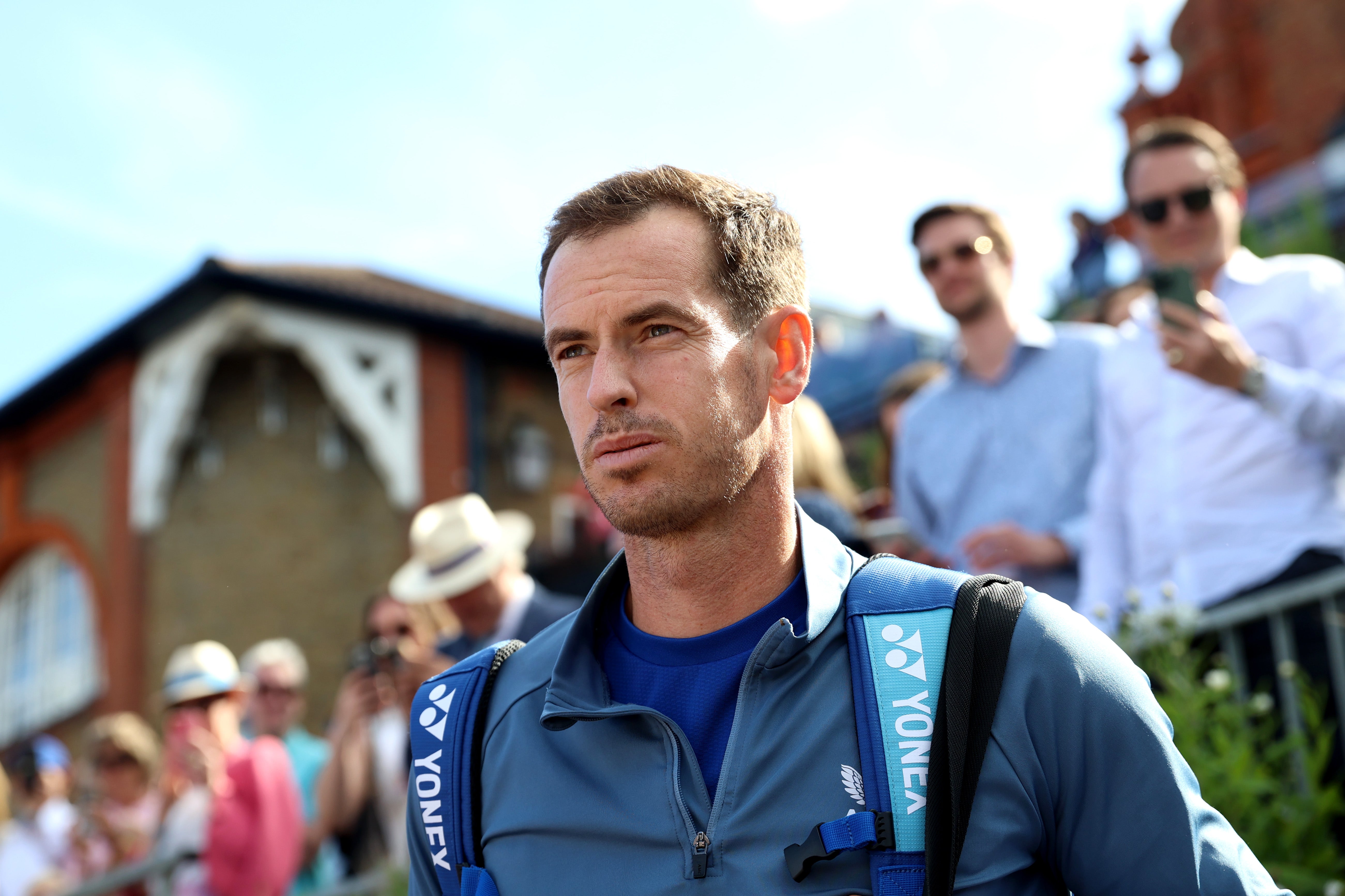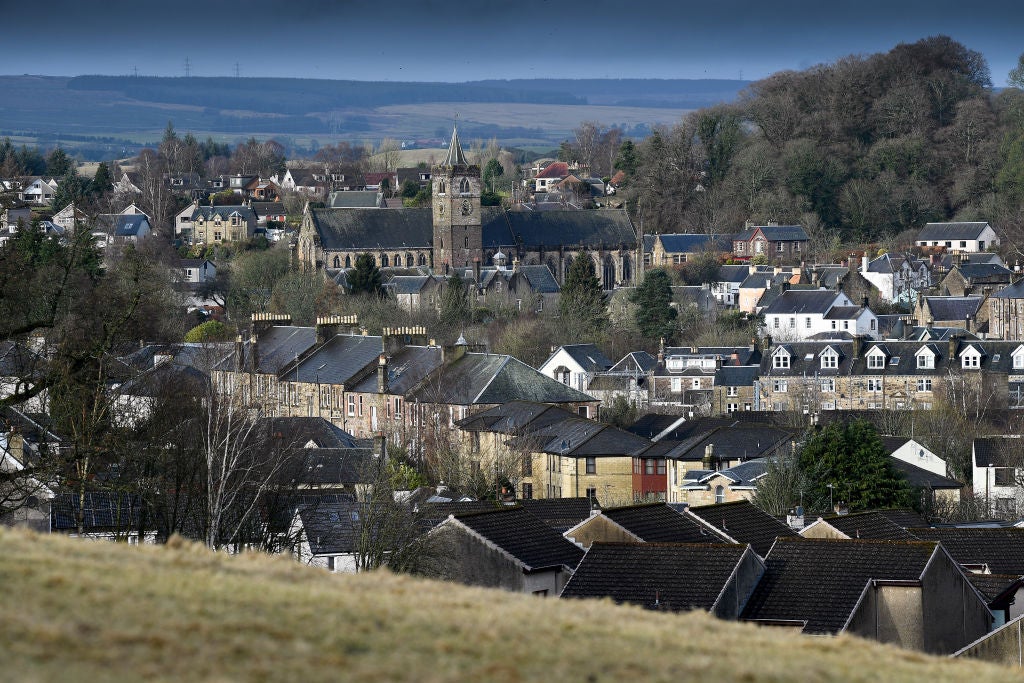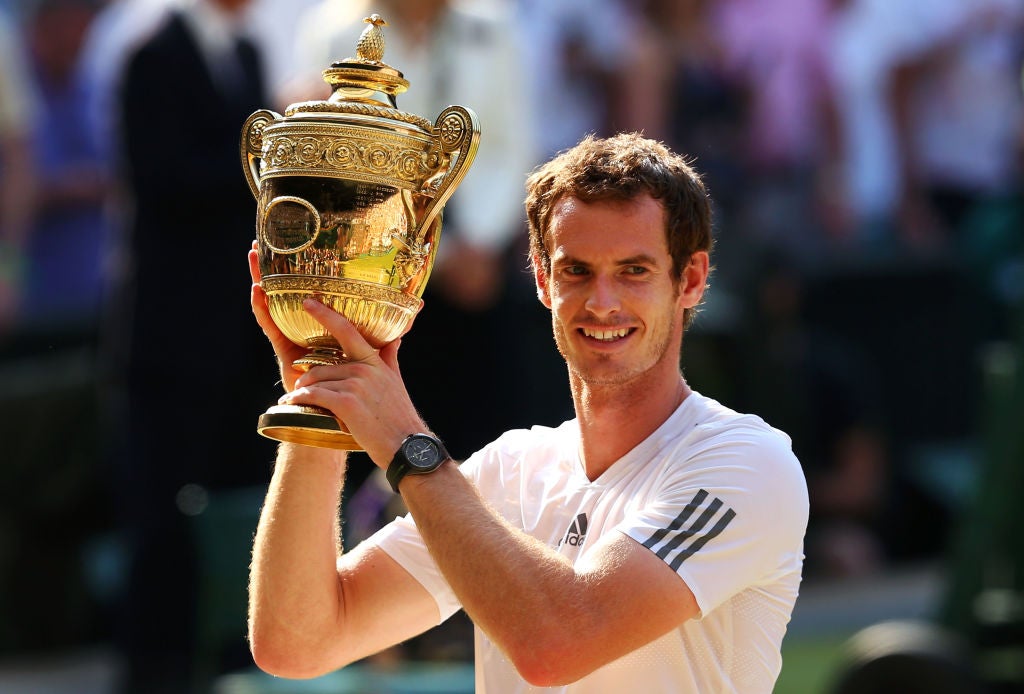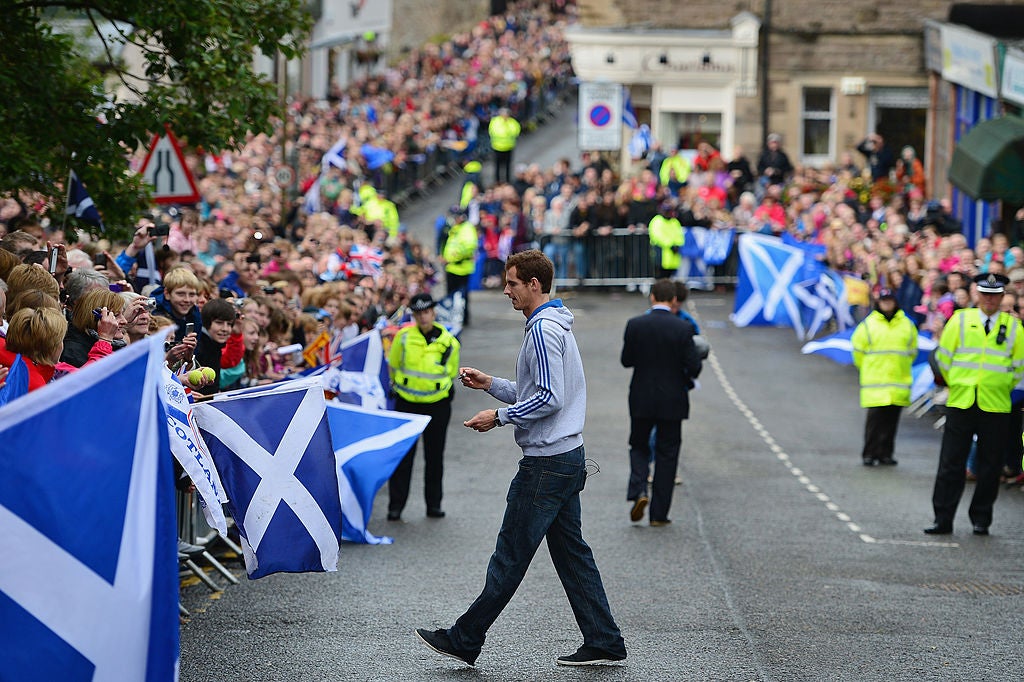Thank you Andy Murray, for what you have done for Dunblane
The impact Murray’s success had on his hometown allowed a place scarred by tragedy to embrace the chance to be defined by something else

Your support helps us to tell the story
From reproductive rights to climate change to Big Tech, The Independent is on the ground when the story is developing. Whether it's investigating the financials of Elon Musk's pro-Trump PAC or producing our latest documentary, 'The A Word', which shines a light on the American women fighting for reproductive rights, we know how important it is to parse out the facts from the messaging.
At such a critical moment in US history, we need reporters on the ground. Your donation allows us to keep sending journalists to speak to both sides of the story.
The Independent is trusted by Americans across the entire political spectrum. And unlike many other quality news outlets, we choose not to lock Americans out of our reporting and analysis with paywalls. We believe quality journalism should be available to everyone, paid for by those who can afford it.
Your support makes all the difference.Andy Murray didn’t put Dunblane on the map. It was already there, sitting quietly between Stirling and Perthshire in central Scotland, when a sleepy town home to a few thousand people became the scene of Britain’s deadliest mass shooting. Murray was eight, his older brother Jamie 10, when on 13 March 1996 a gunman broke into the gym hall at Dunblane Primary School and killed 16 children aged between five and six and their teacher.
Both Andy and Jamie are survivors of the Dunblane massacre. Andy’s class had been on their way to the gym hall when the first shots were heard and they were taken to hide in the headmaster’s office, sheltering underneath a window. Their mother, Judy Murray, later revealed how she raced to the school to join the hundreds of parents gathered at the gates on the Doune Road, not knowing if their children were alive or dead, all fearing the worst.
The Murrays knew the gunman, who ran youth clubs in the area. He had been in their car, having taken up offers of lifts to the train station. Throughout his 20-year career, Murray has only occasionally talked about the Dunblane massacre and the effects that day had on him. The most revealing insight came from the 2019 documentary Resurfacing, where Murray explained that within two years of the shooting his parents had divorced, his older brother had left home to join an academy and it all contributed to him suffering from anxiety. Murray said that ever since then, tennis has been his way to escape from the trauma of the past, his fuel.
It remains remarkable that the career of Britain’s greatest ever sportsperson and one of the darkest days in the country’s modern history are linked in this way, and yet, it is only part of the story. At 37, Murray has played the last match of his career at the Paris Olympics. It brings an era to an end, as well as a time to reflect on his historic achievements and the legacy he leaves behind, all of which are tributes Murray would, of course, thoroughly disapprove of. Above all of this, though, is the impact Murray made on Dunblane, allowing a town scarred by tragedy to embrace the chance to be defined by something else.

At which point, it is perhaps necessary to mention that while I cover tennis for The Independent and have reported on the later years of Murray’s career for work, I am also from Dunblane. While I was born after the events of 1996, I grew up in Dunblane and attended the same primary and secondary school as the Murrays, with many an hour spent playing, poorly, on the same sanded local courts as the Murrays did. And, while I would not want to speak on behalf of Dunblane and the thousands who live or have lived there, I do not think I would be alone in sharing the immense sense of gratitude that is owed to one man and his racket.
To illustrate a point, briefly, are the two very different reactions I commonly find after being asked where I’m from. The first is a pause, in which the person asking immediately regrets doing so because they have stumbled onto something awful. The second response is recognising Dunblane as the hometown of Andy Murray, invariably leading to recollections of golden summers watching Wimbledon and the rollercoaster of emotions that came with his pursuit of that first title. In my experience, particularly with people who were also born after 1996, there are far more who associate Dunblane with Murray than with tragedy. It’s because of him that I’m proud to say I’m from Dunblane, and I know I am not the only one.
That may be Murray’s greatest achievement of all. Even though, collectively, Dunblane has recovered, its past will always be there. Within my small class at primary school were children whose families had lost siblings or cousins a decade before. In the memorial services at school to mark the anniversary, I remember the quiet, the reflection, but also the resilience in the face of unspeakable tragedy. In Dunblane, there are families and parents who live with what happened every day. The rest of the town does too, but life, as it does, continues. When Murray won Wimbledon and Dunblane became news again, it did so in a positive light that will remain long after his playing days are behind him.

As that final day approached, everyone will have had their own memories – and you don’t have to be from Dunblane, either, to have been swept up on the ride. But watching Murray while at home felt particularly special right from the start, long before the point at which he became universally loved. I think, because of that, I look back on those first years of Murray and his early exploits at Wimbledon with a certain fondness. The characterisation of Murray as moody, dour or sulky never sat right, and at home, I would like to think we always saw him differently. This was a young man who only ever knew how to be guarded, playing with heart and spirit, who put Wimbledon on his back and carried it along with him, in the face of all that pressure.
He was ours, and as Murray progressed further and further at Wimbledon, the excitement and intensity of those two weeks gathered pace every year. Soon, the TV trucks outside the tennis club became an annual sight, reporters interviewing the kids on the courts as if searching for future Wimbledon champions. Ironically, as Wimbledon often fell during the first two weeks of our school holidays, I spent several summers watching Murray while not actually being in Dunblane, interrupting whatever plans my parents had made to watch his next match. I’m so grateful they allowed it, as from that first comeback against Richard Gasquet in 2008, in the fading light on Centre Court, Murray provided countless memories.

And again, everyone will have their own, those shared moments that brought people together. In Dunblane, they didn’t need to be when Murray was playing, either. In 2012, he returned home after winning Olympic gold and claiming his first grand slam title at the US Open. I have never seen the town so busy. The population on the day must have doubled, with thousands packed five or six deep up and down the narrow one-way high street and beyond. Murray’s homecoming was scheduled to last around 90 minutes but he stayed for almost five hours. Even as the day turned wet and chilly, he did not stop until he had shaken hands with every person who lined the streets, until he had signed every item thrust in front of him.
But that day, also, was a way for Dunblane to say thank you. Words, really, that couldn’t be echoed enough now the end is finally here. Thank you for the tennis, sure, for the epic comebacks, the late nights, the roaring winners, for winning Wimbledon and then doing it again. Thank you, as well, for the nerves, the stress, the heartbreaks, as they made the successes all the sweeter. Thank you for the sacrifices, the pain, for refusing to quit when your body gave way, and for coming back to do it all over again. But above all, Andy Murray, thank you for making us so proud along the way.
Join our commenting forum
Join thought-provoking conversations, follow other Independent readers and see their replies
Comments